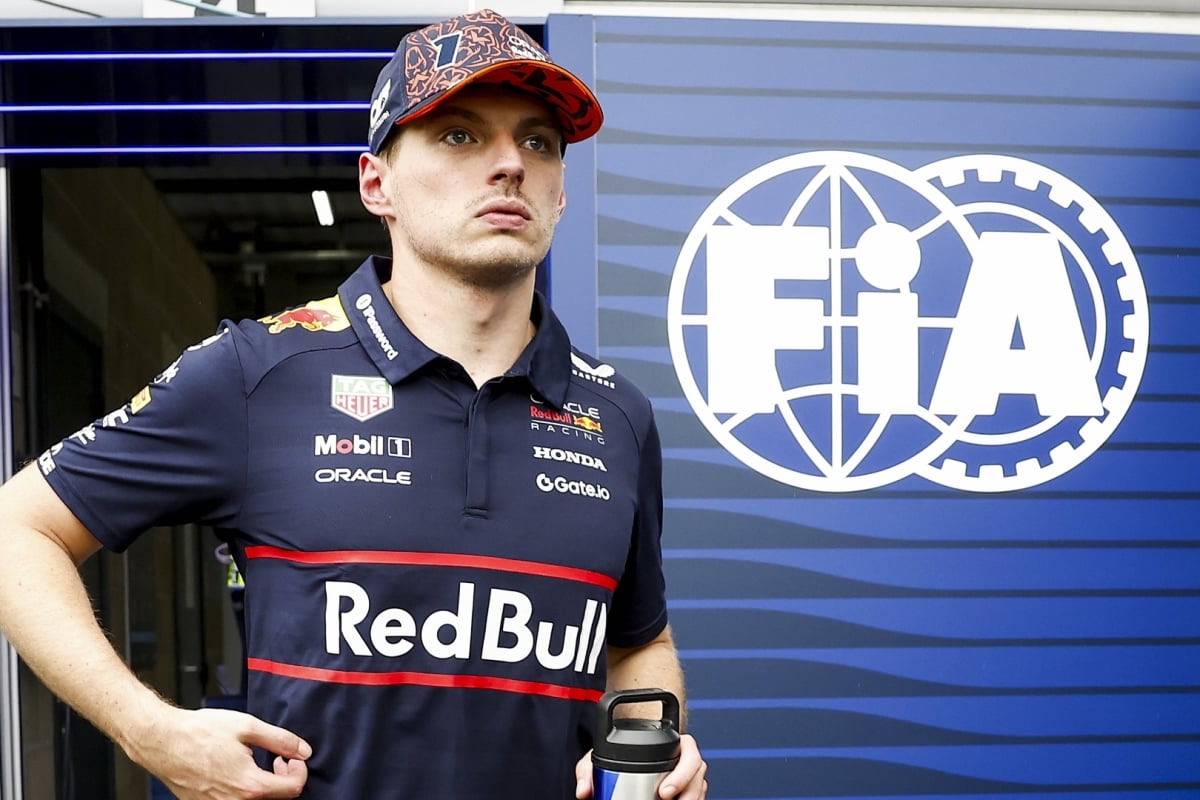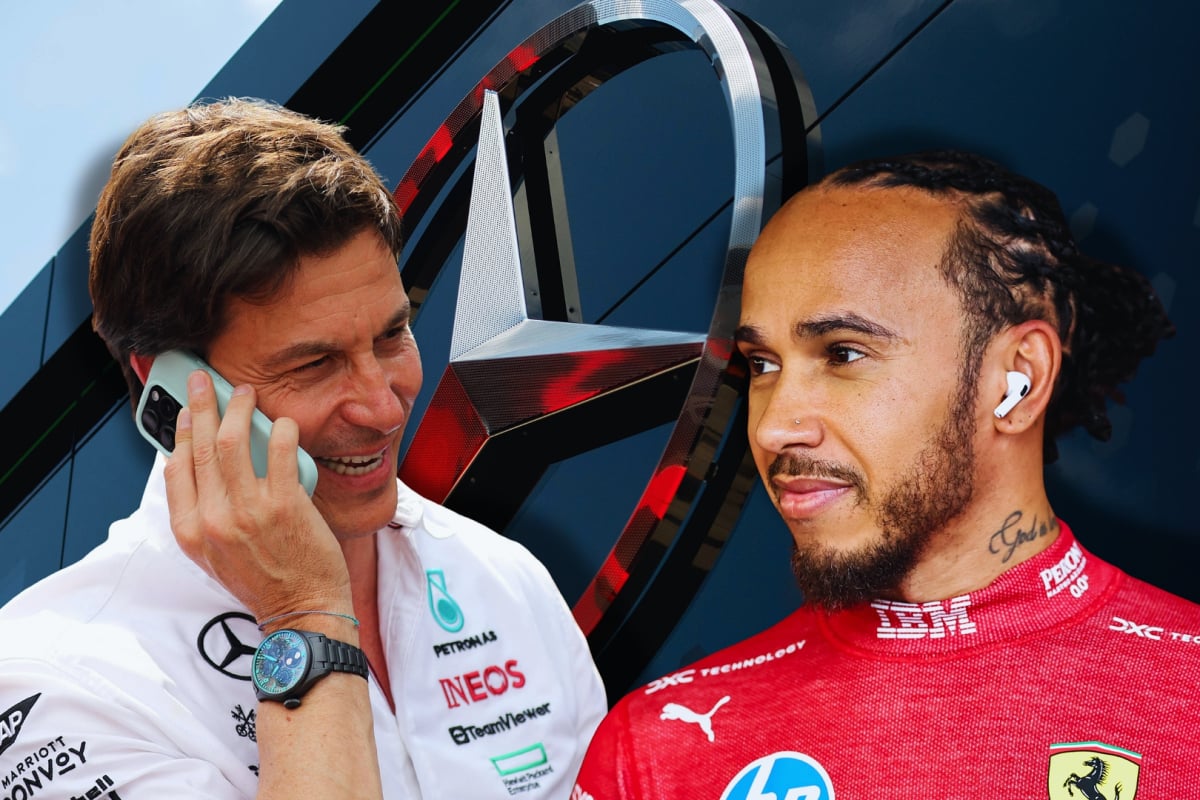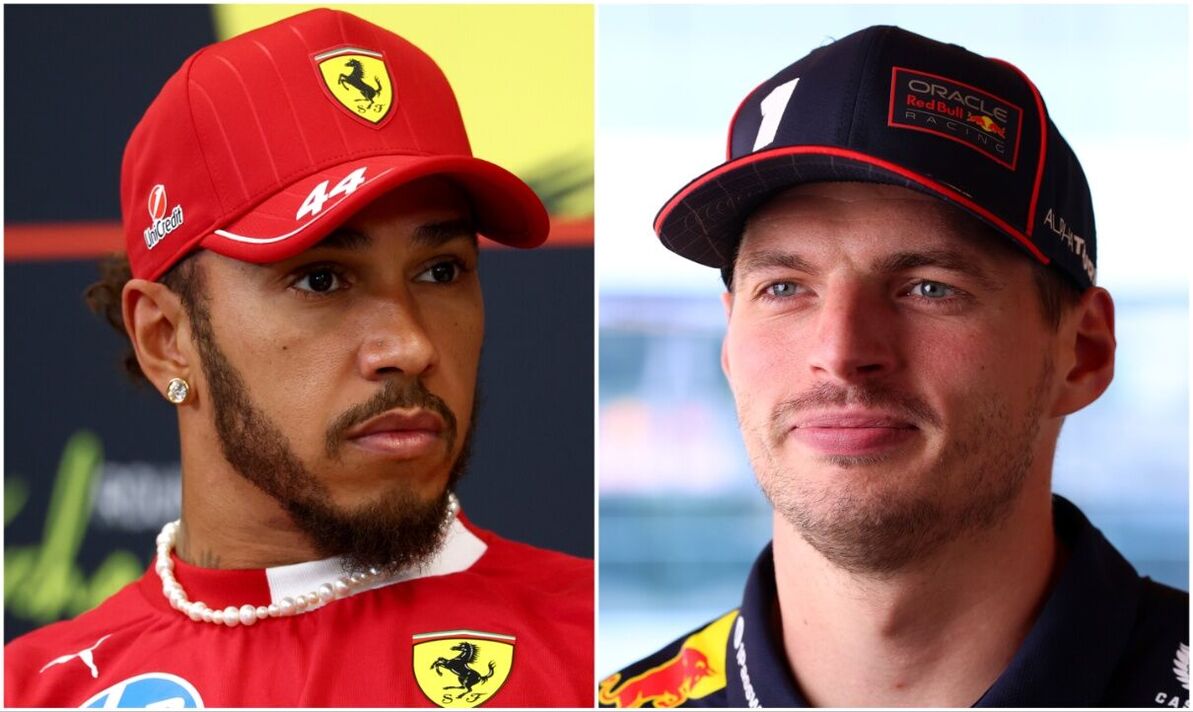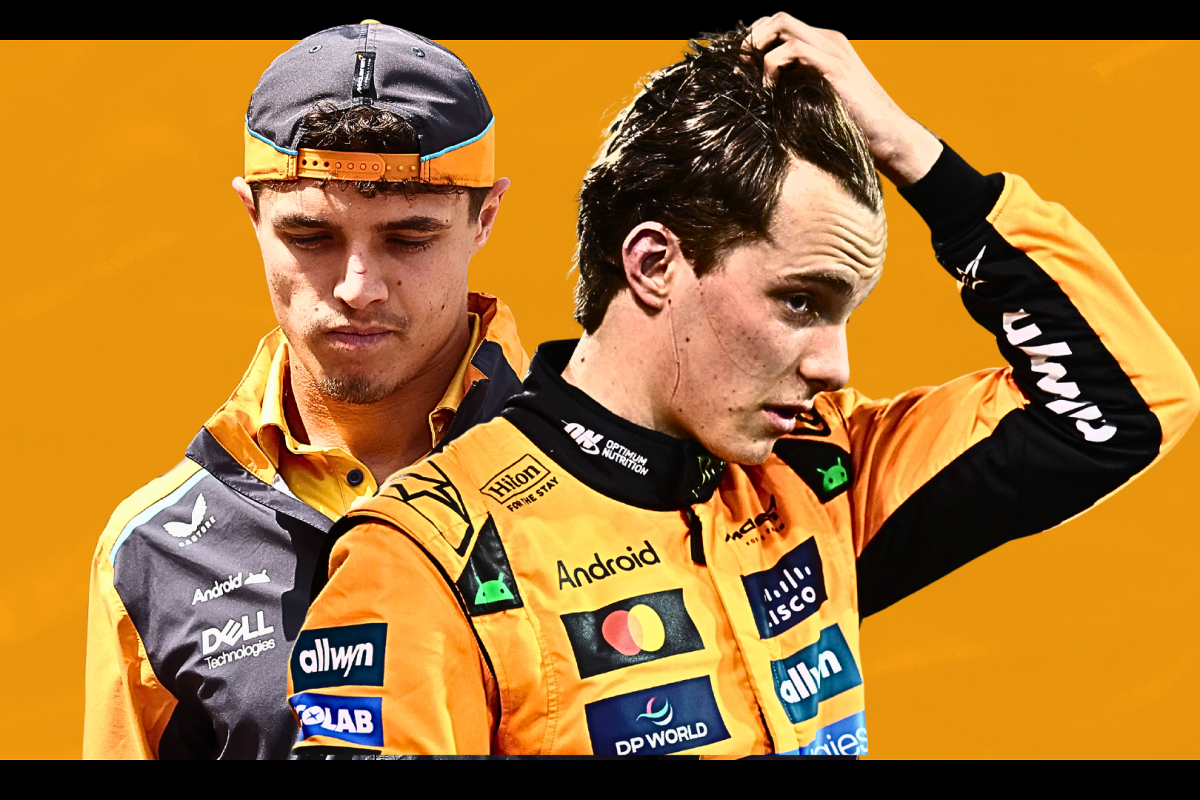How Max Verstappen caused complete FIA rules R…read more
Max Verstappen may now be a four-time Formula 1 world champion, but his remarkable story began with one of the boldest moves in modern F1 history. In 2015, Red Bull made headlines when they promoted the 17-year-old straight into Formula 1 with their junior team, bypassing Formula 2 entirely. At just 17 years and 166 days old, Verstappen became the youngest driver ever to start an F1 race, making his debut at the Australian Grand Prix. Although his first outing ended in retirement due to an engine failure, his raw talent was evident from the start.
That gamble proved to be a masterstroke. Ten years later, Verstappen marked his 200th Grand Prix start with Red Bull’s main team at the Hungarian Grand Prix, celebrated with a special tribute video released by the team. The video featured messages from key figures in the Red Bull family and highlighted his journey from teenage prodigy to dominant champion. Among those speaking was Red Bull’s new team principal, Laurent Mekies, who revealed how Verstappen’s early arrival in the sport had a long-lasting effect on the rules governing Formula 1.
Mekies explained that he was working at Toro Rosso when Verstappen was first announced for a test drive at just 16 years old. Shortly afterward, Mekies moved to a role at the FIA, and it was there that he became directly involved in a major review of the Super Licence system—the qualification required for drivers to compete in Formula 1. Verstappen’s rapid promotion, he said, was one of the strongest triggers for this overhaul.
Prior to Verstappen’s debut, the FIA’s regulations allowed teams considerable freedom in promoting young drivers, with no strict minimum age limit. This meant that exceptional talents could leapfrog through the junior ranks with minimal restriction, but it also raised concerns about whether such young competitors had the necessary maturity and experience to handle the demands of F1.
In response, the FIA raised the minimum age to obtain a Super Licence to 18, ensuring that drivers would have more time to develop in lower categories before entering the sport’s highest level. The changes also introduced a points-based qualification system, rewarding consistent performance in recognized junior series and preventing inexperienced drivers from advancing too quickly.
However, the FIA also recognized the risk of shutting out exceptional talents who might be ready before turning 18. As a result, a discretionary clause was added, allowing the governing body to grant licences to 17-year-olds in special circumstances if they had demonstrated exceptional skill, maturity, and results in lower categories.
That clause came into play in 2025, when Red Bull successfully applied for a Super Licence for their junior driver, Arvid Lindblad. At just 17 years old, Lindblad was cleared to take part in a Formula 1 practice session at the British Grand Prix—something that would not have been possible without the post-Verstappen rule changes.
Max Verstappen’s trailblazing debut didn’t just shape his own career—it reshaped the rules of the sport, ensuring that future young stars would face a more structured path while still leaving room for extraordinary talents to rise early




